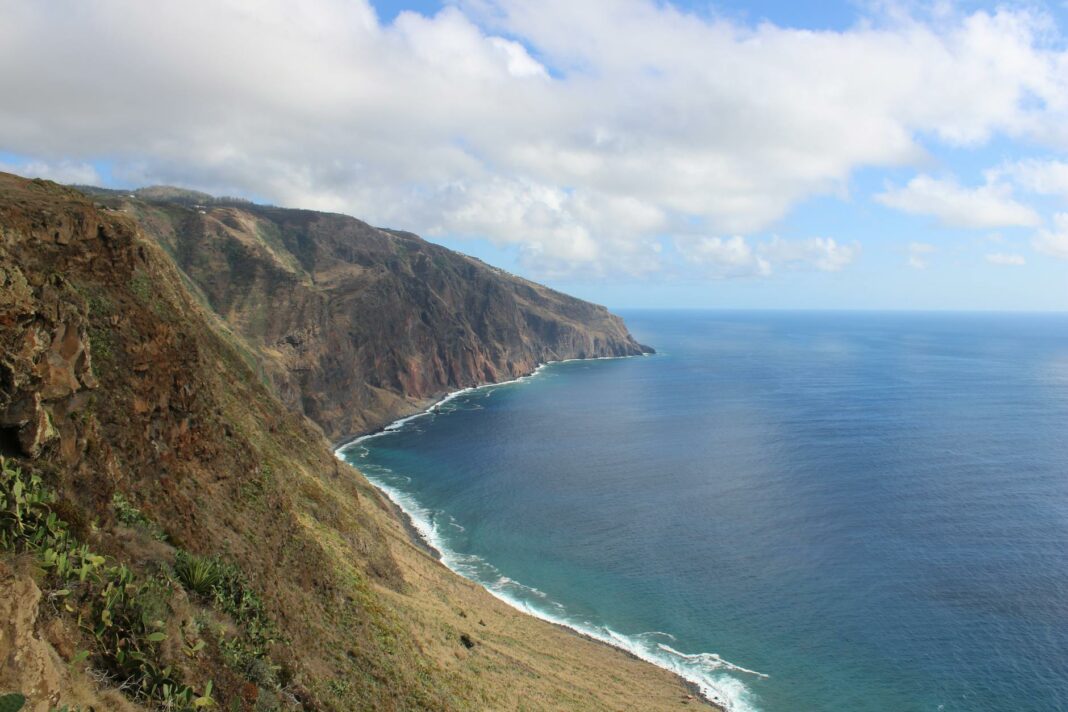Island hopping is not just an adventure of exploring stunning locations; it is also a thrilling opportunity for photography that can transform ordinary scenes into extraordinary visuals. The tips and techniques you implement while documenting your journey can elevate your island photography to new heights. This post unveils a treasure trove of photography wisdom that will inspire you to move past the conventional norms and redefine your approach to capturing the beauty around you.
From understanding the unique interplay of light to immersing yourself in local culture, the strategies discussed here will invigorate your photographic craft. Whether you’re an amateur with a smartphone or a seasoned photographer with an arsenal of professional gear, these insights promise to add a refreshing twist to your island hopping adventures.
Embrace the Magic of Lighting
Lighting plays an indispensable role in photography, acting as the silent magician that can make or break your images. The best time to shoot is during the golden hours—shortly after sunrise or just before sunset—when the sun casts a warm, golden hue over everything. Utilizing natural light skillfully will illuminate your shots with a dreamy quality, creating visually striking landscapes and portraits.
Exploring different weather conditions can also yield fascinating results. Overcast days can soften shadows, enabling you to capture the world’s colors without harsh contrasts. Don’t shy away from experimenting with backlighting too; the sun can create mesmerizing silhouettes against your foreground subjects, providing a dramatic effect that will captivate your audience’s attention.
Compose Your Shot Like a Pro
When it comes to composition, employing the rule of thirds can dramatically enhance your images. Instead of centering your subject, imagine a tic-tac-toe grid over your frame and position important elements along the lines or at their intersections. This creates a natural sense of balance and makes your images more engaging.
Furthermore, explore leading lines within your scenery. Whether it’s a winding path, a shoreline, or even a jetty, these lines guide the viewer’s eye toward the focal point, adding depth and intrigue. Don’t hesitate to break the rules sometimes. Including negative space can evoke a sense of solitude or tranquility in your shots, leading to a more emotive and serene experience.
Invest in the Right Gear
No matter how skilled you are, the right gear can elevate your photography immensely. A DSLR or mirrorless camera equipped with a versatile lens is highly advantageous for capturing a variety of scenes. However, if lugging around heavy equipment doesn’t appeal to you, high-quality compact cameras or even smartphones equipped with advanced camera features can deliver remarkable results.
Tripods are another vital accessory. When shooting landscapes or low-light photos, a tripod enables you to achieve long exposure shots without blurriness. Don’t forget additional batteries and memory cards; running out of either can cut short your photographic escapade. Accessories like polarized filters can significantly reduce glare from water, allowing the vivid colors of the underwater world to shine through in your images.
Capture the Heart of Local Culture
While stunning landscapes are central to island photography, the local culture can unveil an entirely different dimension that can enrich your portfolio. Engage with locals and observe their daily activities; you’ll find that moments of authenticity are ripe for capturing in your lens, from fishermen at dawn to children playing along the shores.
Attend local festivals or markets—these vibrant occasions allow for incredible portrait opportunities and the chance to capture community spirit. By documenting local traditions, you’re not just taking pictures; you’re telling a compelling story that resonates with viewers and connects them to the place and its people.
Be Mindful of Timing
Timing is crucial in photography; capturing that perfect moment is often just as important as the settings or composition used. Understanding the rhythms of the island you are visiting can help you identify the opportune moments for various subjects. For example, early mornings often yield stunning reflections on calm waters, while late afternoons can bring an exciting flurry of activity in local markets.
Additionally, keeping track of seasonal changes can also influence the types of shots available to you. Each season offers a distinctive backdrop that adds character to your photographs. Whether it’s capturing the vibrant greenery of spring or the desolate beauty of winter sunsets, adapting your photography approach to align with nature’s schedule will ultimately yield stunning and dynamic results.
Let Your Creativity Flow
Pushing the boundaries of conventional photography can unleash your unique artistic voice. Incorporate unconventional angles by shooting from above, below, or even at an unexpected twist. Experiment with different focal lengths or shallow depths of field, as these variations can create a highly personalized visual narrative that captivates your audience.
Incorporate elements of surprise and spontaneity. Candid shots of locals or unexpected interactions can elevate your storytelling beyond simple landscapes. Challenge yourself to find inspiration in the most mundane of subjects, transforming everyday occurrences into artful interpretations that showcase the locality in a striking light.
Final Thoughts on Island Hopping Photography
Capturing the essence of island hopping through your lens should be a rewarding experience, one that goes beyond just ticking off picturesque locations. With the right mindset, tools, and techniques, the lessons learned from your photography journey can profoundly impact how you perceive the world around you. Embrace the adventure, welcome new perspectives, and let your creativity shine bright amidst the breathtaking beauty of island life.
FAQ
What camera settings should I use for island photography?
For landscapes, a smaller aperture (high f-stop value) allows for greater depth of field. Adjust your shutter speed according to lighting conditions; a faster speed helps freeze motion, while slower speeds are great for capturing movement like waves.
Is it necessary to use a tripod?
While it’s not mandatory, a tripod is highly recommended for low-light situations or when capturing long exposure shots. It ensures stability and sharpness, allowing you to achieve the quality you desire.
Should I shoot in RAW or JPEG?
Shooting in RAW provides more flexibility in post-processing, as it retains all the information captured by your camera. This makes it easier to adjust exposure, contrast, and colors without losing quality.
Image Credit: Pexels





